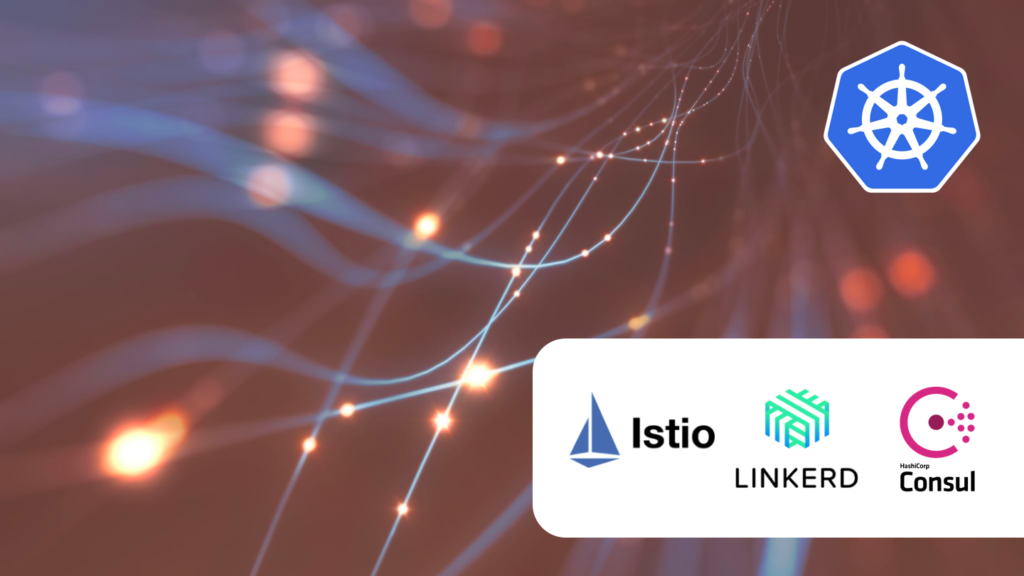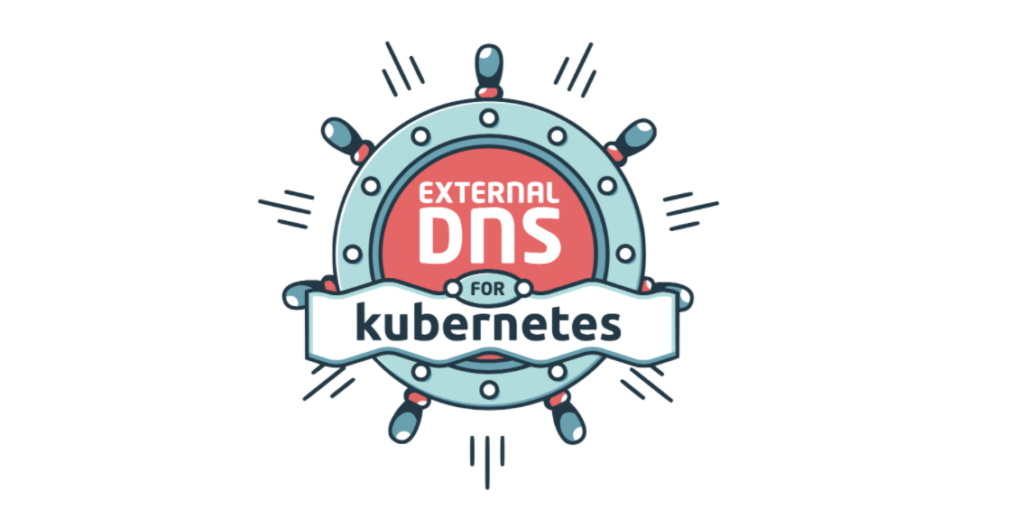Storage Considerations as You Migrate to Containers
One of the benefits of moving to Kubernetes is that your applications can run in a highly scalable environment. You can add additional pods quickly if you suddenly need more capacity, and then get rid of them when you don’t need them anymore. But what if you are running a stateful application? When you terminate […]











